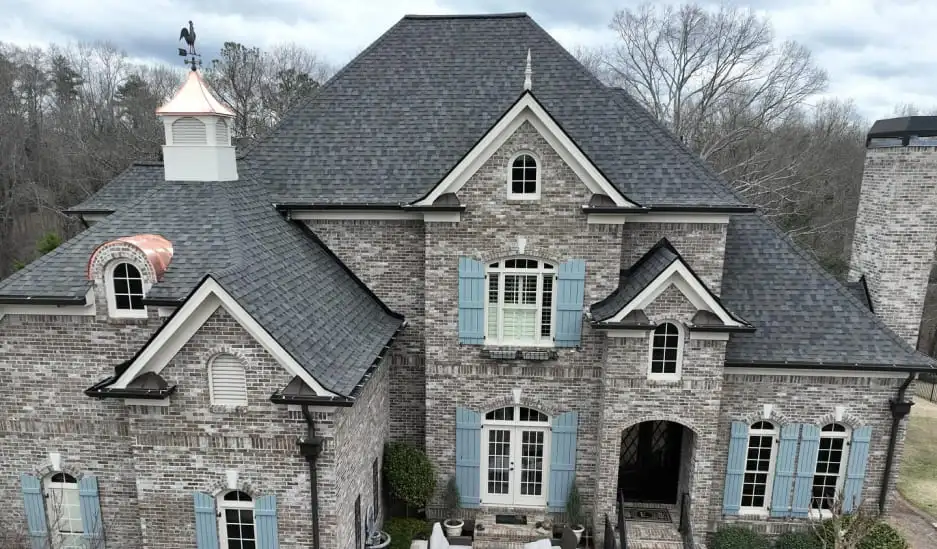Problems with roof damage from condensation tend to pop up during the colder, winter months. Left unchecked or unnoticed, this condensation can cause serious structural problems. If condensation becomes a problem for your roof, there are several effective solutions to consider. Let’s take a look at what causes this water vapor problem, and what you can do about it.
How condensation occurs
Roof condensation has a very specific cause: Moisture. Moisture occurs when heated air inside the home rises up to the roof, where it meets the colder temperatures of outside air. The rapid cooling leads to immediate condensation. It’s no surprise that this tends to occur more in colder months when home heating is more common and intense. That moisture has no place to go, and tends to soak into surrounding materials. This causes problems with rot, mold, insects and results in many more unpleasant side effects.
While we associate this condensation with attic areas, it can actually occur throughout the roof assembly. This may make condensation problems more difficult to notice. Wet streaks and drips remain the best signs, but sometimes thermographic imaging is the test that identifies the issue. In particularly cold areas, the condensation may even freeze in thin sheets— causing further roof damage that’s difficult to detect.
Solutions for condensation
Fixing condensation issues is all about getting rid of moisture or keeping it from doing damage. Solutions typically include:
- Venting: Balancing roof and attic venting is tricky. The balancing act includes getting enough air flow to remove moisture, but not so much that your home’s safety or heating is compromised. Fortunately, with vent options for ridges, roofs, gables, eaves, ceilings and more, installing additional vents isn’t usually a problem for experienced technicians.
- Un-Cool Roofs: Cools roofs are growing in popularity as they lower the temperature of the roof, particularly in summer months. This helps homeowners save money on air conditioning. However, in winter this can come back to bite homeowners as the extra-cool roof encourages condensation. For particularly bad condensation cases, a change in roof color or composition may be advantageous. If you are considering a cool roof, think about condensation’s potential effects as it relates to the climate you live in.
- Insulation and Vapor Barriers: More insulation can indeed keep a roof warmer. Insulation also helps diminish condensation issues. However, vapor barriers (a.k.a. vapor retarders) are the true heroes here. These membranes (usually made of polyethylene) keep some water vapor from passing through. This helps to prevent moisture build up on vulnerable materials like wood or insulation. These barriers can be installed in a current roof without major renovation, making them ideal for severe condensation problems. However, insulation and vapor barriers have the opposite of cool roofs’ problem. In summer, they may cause even worse roof damage if not reversed or taken down. Ask your roofing contractor for more information on vapor barriers in your climate.



